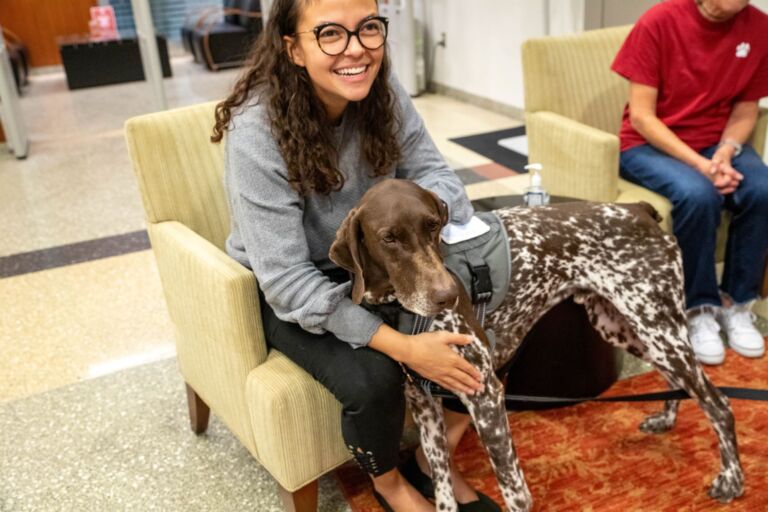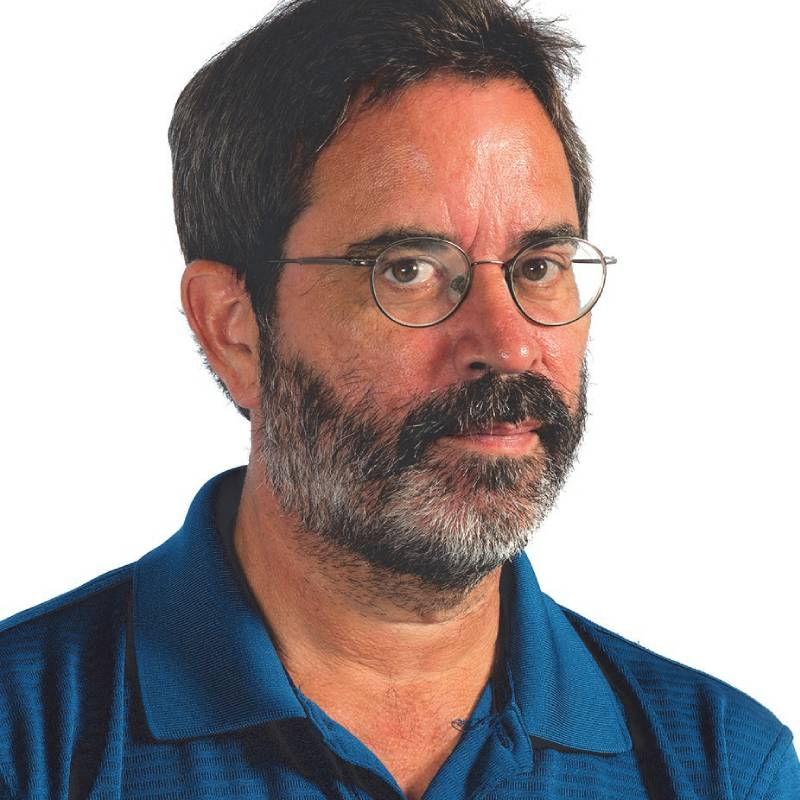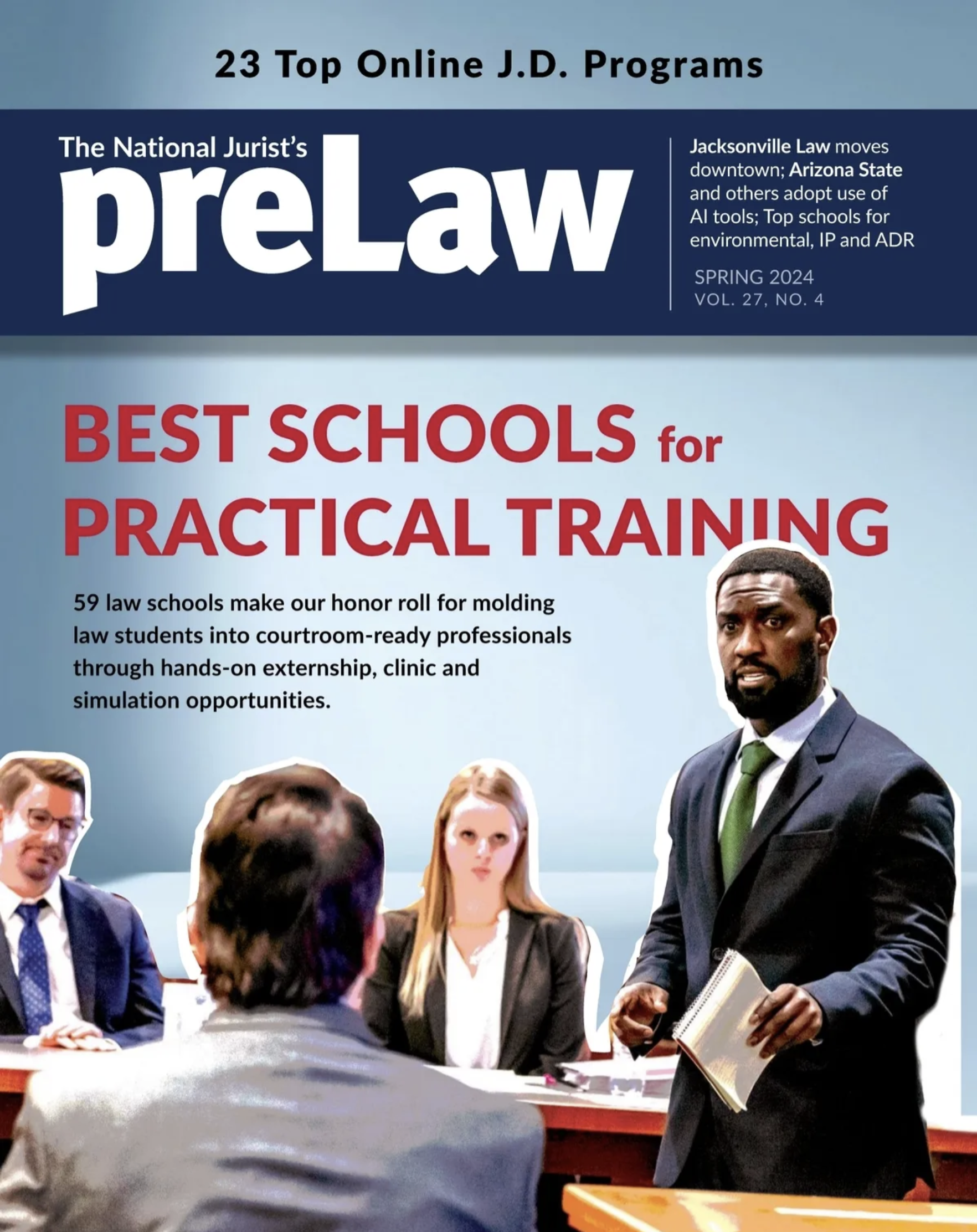While the nation’s law schools collectively saw a slight uptick in employment success for their grads from 2014 compared to 2013, some schools managed to do much better than average. Why? A better job market, more aggressive career services programs and student grit were among the answers.
Wake Forest University School of Law saw the biggest jump of all law schools in the percentage of recent grads landing full-time, long-term jobs. In 2014, the number was 83.4 percent, up from previous year’s 62.3 percent — a 21.2 percent rise.
Overall, for all law schools, grads landing full-time, long-term jobs rose about 6 percent, according to figures released recently by the ABA. (For full-time, long-term jobs that require a law degree, the number increased about 3 percent. The numbers the National Jurist uses in this article also include full-time jobs that don’t require a law degree.)
Even though the total number of legal jobs decreased from the year before, the number of students graduating and competing for those jobs fell as well. That also helped improve the employment numbers.
A number of factors helped Wake Forest achieve its success, said Kim Fields, director of the Wake Forest Law Office of Career and Professional Development (OCPD).
She gave credit to “persistent efforts” of the OCPD staff; the strong support of the Dean’s Office; and efforts by a select group of faculty and alumni.
The school also has a program, “Hire One Help One,” which encourages each of school’s alumni to hire a recent graduate or help one secure a legal position, she said.
“Several alumni stepped up to hire our graduates or to help them network with other alumni,” Fields said. “Those efforts helped push our numbers beyond our peer schools.”
Washington University School of Law in St. Louis saw a 15.3 percent improvement, which was sixth best among law schools. Its 2014 number spiked above 90 percent. In 2013, it was at 75 percent.
Dean Nancy Staudt said she was “delighted” with the numbers, which she said was the result of a number of factors, including a more aggressive and personal approach to stakeholders — such as alumni, faculty and friends of the school— to help the school place students in jobs.
“We’ve been really engaging them on a micro-level,” she said.
Data also shows the legal job market is improving. While it’s still not back to pre-recession levels, “it’s on a totally different trajectory,” she said.
Additionally, she thinks the ABA’s change to extend the employment data an extra month helped as well. It now requires schools to produce employment results 10 months after student graduation versus the previous nine-month benchmark. (A number of schools complained that bar exams results are released later in some states compared to others, skewing the results.) Given that extra month, more students likely got jobs, Staudt said.
Her school is unique, she noted. It’s highly ranked — 18th in nation, according to U.S. News & World Report — but is situated in a small market. So students have a tendency to fan out throughout the nation for jobs. When the national job market improves, her students have more opportunity.
“That’s a good thing for us,” she said. “We’re not tied to a single market.”
She also gave credit to students, who, understanding how the challenging job market is today, have been working harder to land jobs.
“We can only do so much for the student,” she said. “They have to do the work to make careers happen.”
Staudt thinks both students and law schools have gotten smarter and more savvy because of the downturn. “We learned a hard lesson. That’s a good thing.”
Other deans echoed her feelings.
Pace University School of Law in White Plains, N.Y., saw a 15.9 percent rise, fifth best among law schools. Its numbers went from 52.7 percent to 68.7 percent.
“I’m thrilled obviously,” said Pace Dean David Yassky. “It shows our students are terrific hires and will make terrific lawyers as long as they can get their foot in the door.”
He also gave props to members of his schools’ career services program for helping them get their foot in the door.
“They work very hard to get firms to look our students,” he said. “Once they do, they see how smart and skilled they are.”
Certainly, the increase was welcomed, but Pace is about preparing law students for a career that will last decades, Yassky noted.
“We take the long view,” he said. The improving numbers, though, show grads are better positioned earlier, something the school also strives for. “We want them to be launched successfully.”
He believes the job market has “rebalanced” and will continue to improve. Just as laws schools had swelled too large, they are now under-filled, he said. Soon, there will be stories of lawyer-shortages, he predicted.
Not all law schools got such rosy numbers. Some bucked this year’s trend and saw drops.
Ohio Northern University — Claude W. Pettit College of Law saw the biggest decrease — at 16.5 percent. Dean Richard Bales said internal changes caused the drop.
“I suspect that our numbers were due to idiosyncratic personnel changes at our particular law school, and the timing of those changes, rather than to any regional or national hiring trends,” he said, in an email response.
Law schools that improved employement by 10% or higher
| SchoolName | Class of 2014 | Class of 2013 | Difference |
| BELMONT UNIVERSITY | 75.6% | 75.6% | |
| LINCOLN MEMORIAL | 68.9% | 68.9% | |
| WAKE FOREST UNIVERSITY | 83.4% | 62.3% | 21.2% |
| PENNSYLVANIA STATE UNIVERSITY | 72.2% | 52.0% | 20.2% |
| NORTH CAROLINA CENTRAL UNIVERSITY | 46.5% | 27.2% | 19.3% |
| CALIFORNIA-IRVINE, UNIVERSITY OF | 84.9% | 66.7% | 18.3% |
| PACE UNIVERSITY | 68.7% | 52.7% | 15.9% |
| WASHINGTON UNIVERSITY | 91.1% | 75.7% | 15.4% |
| CALIFORNIA WESTERN SCHOOL OF LAW | 56.6% | 41.6% | 15.0% |
| VILLANOVA UNIVERSITY | 77.7% | 63.3% | 14.4% |
| ST. THOMAS, UNIVERSITY OF (MINNESOTA) | 76.9% | 62.7% | 14.3% |
| WHITTIER LAW SCHOOL | 43.8% | 30.0% | 13.8% |
| SOUTHERN CALIFORNIA, UNIVERSITY OF | 85.7% | 72.2% | 13.6% |
| UNIVERSITY OF MASSACHUSETTS DARTMOUTH | 53.1% | 39.8% | 13.3% |
| CINCINNATI, UNIVERSITY OF | 82.4% | 69.1% | 13.3% |
| SUFFOLK UNIVERSITY | 63.1% | 50.3% | 12.8% |
| MCGEORGE SCHOOL OF LAW | 59.4% | 46.9% | 12.5% |
| BOSTON COLLEGE | 83.9% | 71.5% | 12.3% |
| HAWAII, UNIVERSITY OF | 71.8% | 59.6% | 12.2% |
| BRIGHAM YOUNG UNIVERSITY | 88.4% | 76.2% | 12.2% |
| NORTHERN ILLINOIS UNIVERSITY | 73.7% | 61.5% | 12.2% |
| MISSOURI-KANSAS CITY, UNIVERSITY OF | 72.7% | 60.8% | 11.9% |
| LOYOLA MARYMOUNT UNIVERSITY-LOS ANGELES | 71.0% | 59.1% | 11.8% |
| ARIZONA, UNIVERSITY OF | 81.9% | 70.7% | 11.2% |
| WASHINGTON AND LEE UNIVERSITY | 74.8% | 63.6% | 11.2% |
| RUTGERS UNIVERSITY-NEWARK | 75.8% | 64.8% | 11.0% |
| TULANE UNIVERSITY | 76.1% | 65.2% | 10.9% |
| SAINT LOUIS UNIVERSITY | 78.3% | 67.4% | 10.8% |
| DEPAUL UNIVERSITY | 69.2% | 58.5% | 10.8% |
| CALIFORNIA-HASTINGS, UNIVERSITY OF | 58.0% | 47.2% | 10.8% |
| CAMPBELL UNIVERSITY | 72.1% | 61.5% | 10.6% |
| NEBRASKA, UNIVERSITY OF | 87.2% | 76.6% | 10.6% |
| HOFSTRA UNIVERSITY | 71.0% | 60.5% | 10.5% |
| LIBERTY UNIVERSITY | 56.6% | 46.2% | 10.3% |
| NEW MEXICO, UNIVERSITY OF | 86.5% | 76.3% | 10.2% |
| MAINE, UNIVERSITY OF | 70.5% | 60.4% | 10.1% |
| DREXEL UNIVERSITY | 70.2% | 60.1% | 10.1% |
| RICHMOND, UNIVERSITY OF | 81.9% | 71.8% | 10.0% |







